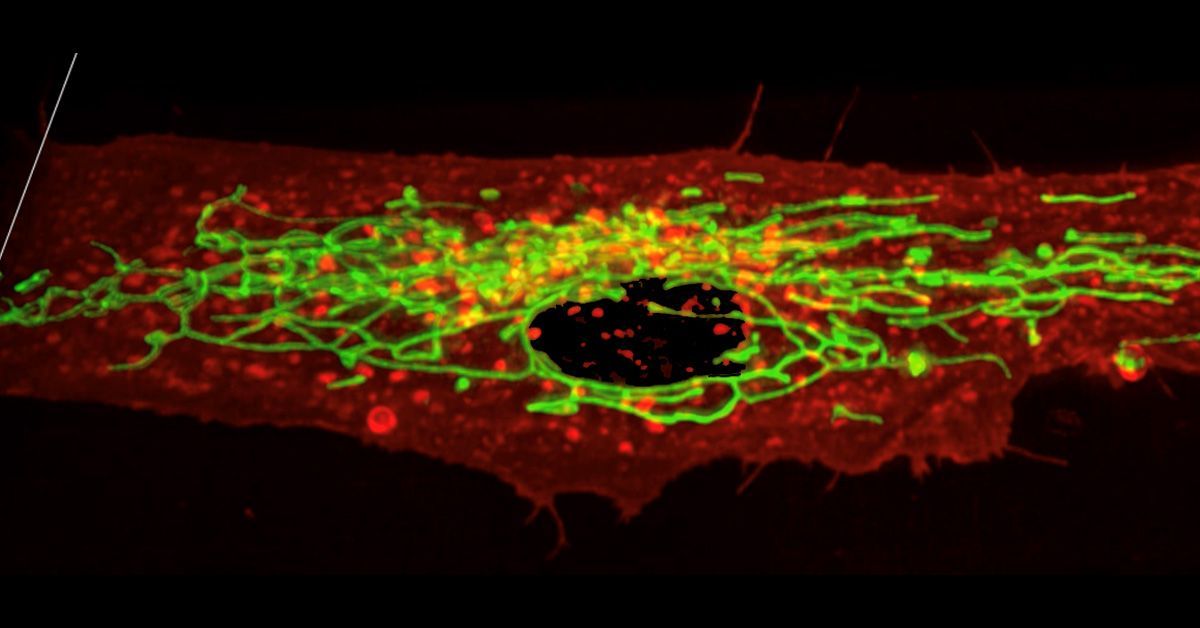A group of engineers at UC San Diego have created an electronic patch that can monitor biomolecules within deep tissue. Referred to as a “photoacoustic patch,” the silicon polymer device can uniquely detect biomolecules in deep tissues, rather than just the surface of the skin. Deep tissue detection can help spearhead early disease treatment, potentially preventing long-term physical ramifications said illnesses cause otherwise.
Nanoengineering Professor Sheng Xu served as corresponding author and representative, completed the research work and paper. Other co-authors in the study include postdoctoral researchers and engineering doctoral students from UCSD, all of whom believe that the advancement opens up doors for physician use once more clinical trials on the device are executed, as the current sensors monitor biomolecules less precisely.
Sheng affirmed that the device could be game-changing for spotting life-threatening diseases.
“Our device shows great potential in close monitoring of high-risk groups, enabling timely interventions at urgent moments,” she explained.
Through this invention, medical professionals now have access to pivotal information on a patient’s condition and can detect life-threatening conditions such as malignant tumors, cerebral and gut hemorrhages, and more. Additionally, the completed research paper emphasized how the ability to monitor biomolecules can help “track wellness levels, diagnose diseases, and evaluate therapeutic outcomes” for those in need.
Different from other devices meant to monitor biomolecules, such as magnetic resonance imaging and x-ray devices, the device can continuously and discretely monitor and outlook internal molecule levels, providing accessible and accurate viewing capabilities. Portable and pocket-sized, the patch can be worn for extended periods of time which is ideal for continuous, quick monitoring and timely interventions.
“Wearable devices based on electrochemistry for biomolecules detection, not limited to hemoglobin, are good candidates for long-term wearable monitoring applications,” Chen explained.
Additionally, the wearable patch includes low-power laser pulses that prove safer and less invasive than typical bulky x-ray scanning techniques. Using the patch, researchers hope to monitor patients who are at higher risk of chronic medical abnormalities, such as abnormal blood collection in key organs, as well as other general services like tracking high blood pressure, which is notorious for causing health adversities such as heart attacks and vascular illnesses.
The patch can comfortably attach to the skin for monitoring, and it contains laser diodes which radiate into the user’s tissue. The biomolecules located deep into the skin are then reflected from these lasers and radiate acoustic waves. These waves are then stored by the device’s transducers, which spatially draw out the emitted parts of the biomolecule, mapping out the internal chemistry to then be used by physicians and researchers.
Allowing for a range in wavelengths emitted, the patch can draw out a large range of biomolecule sizes beneath the skin, opening doors for potential advanced clinical applications. For example, the device is able to map out clear, three-dimensional images of hemoglobin molecules up to centimeters below the skin, and has resolution capabilities through incorporating different wavelengths based on molecule size to identify a range of internal substances. Furthermore, the researchers tested the patch’s capabilities with monitoring blood flow through vessels, finding that the device can detect key vascular features, such as the amount of blood flow and blood vessel size, which can help discern related conditions.
Now, the device’s capabilities are being explored further for features such as body temperature regulation; however, the UCSD engineering team acknowledges that the electronic patch requires more work to reach desired detection features. Such improvements include decreasing the size of the detector’s electronic hardware located on the back of the patch. Through doing so, the device will be able to map out internal structures to a greater depth, which is crucial for accurate organ and deep tissue imaging.
The UCSD research team hopes to begin working on these patch improvements in tandem with physicians to work on further solutions. If such advancements are achieved, the electronic patch will provide an accessible, non-invasive outlet to measure life-saving vitals.
The findings and research were published in a Dec. 15, 2022 issue of Nature Communications, available for viewing online.
Art by Ava Bayley for the UCSD Guardian.
























Ada • Feb 1, 2023 at 6:30 am
I think that this is a very cool idea that will be in demand in medicine. You can immediately see where there is good education and college programs, and where not so much. When I was studying, almost all students were at least interested in learning and very often used services like https://collegepaperwritingservice.org/ to get help
reyhan • Jan 27, 2023 at 10:55 pm
electronic hardware located on the back of the patch
Kabir • Jan 23, 2023 at 6:26 pm
Hi, I want to make 26,000 usd every month, what should I do Eva?? Help me
eva • Jan 23, 2023 at 12:39 pm
I earn more than $27,000 USD every month working part-time. I listened to several folks describe how much money they would fairly expect to make online, so it’s still tough to say. It all became genuine, and it dramatically changed my life. Everyone should now kb-41 try their hand at this field of business. By accessing
.
.
This website———————— >>> GOOGLE HOME JOBS